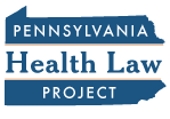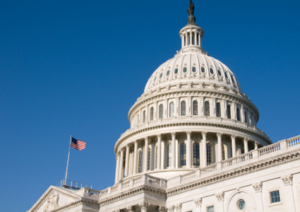Pennsylvania Health Law Project Newsletter
The Pennsylvania Health Law Project has published its January 2020 newsletter.
 Included in this month’s edition are articles about:
Included in this month’s edition are articles about:
- the transition to a new Medicaid prescription drug list (PDL);
- the rollout of a new electronic visit verification system for Medicaid-paid home health services; and
- progress in the state’s effort to introduce major changes in its Medical Assistance transportation program (MATP).
Read about these subjects and more in the Pennsylvania Health Law Project’s January 2020 newsletter.
 In a news release, Governor Wolf said that
In a news release, Governor Wolf said that According to the comment letter SNAP submitted to the Centers for Medicare & Medicaid Services,
According to the comment letter SNAP submitted to the Centers for Medicare & Medicaid Services, Last August a new Department of Homeland Security regulation took effect that authorized the federal government to reject immigrants’ applications for visas and green cards if their financial situation and employment prospects suggested that they might become a “public charge” and dependent on government safety-net programs like Medicaid and food stamps. A number of groups sued to prevent the rule’s implementation and federal courts imposed an injunction against its enforcement but now the Supreme Court has lifted the last of these injunctions.
Last August a new Department of Homeland Security regulation took effect that authorized the federal government to reject immigrants’ applications for visas and green cards if their financial situation and employment prospects suggested that they might become a “public charge” and dependent on government safety-net programs like Medicaid and food stamps. A number of groups sued to prevent the rule’s implementation and federal courts imposed an injunction against its enforcement but now the Supreme Court has lifted the last of these injunctions. For years, county governments ran their own programs, which provided free non-emergency transportation to doctor offices for Medicaid patients. About 55,000 Pennsylvanians served by Medicaid use this program.
For years, county governments ran their own programs, which provided free non-emergency transportation to doctor offices for Medicaid patients. About 55,000 Pennsylvanians served by Medicaid use this program. In late December, PBS broadcast an interview with Centers for Medicare & Medicaid Services administrator Seema Verma. Kaiser Health News has published a transcript of excerpts from that interview during which Verma discusses Medicaid – including enrollment, eligibility, services, and children – Medicare for all, administration attempts to reduce health care costs, protection for people with pre-existing conditions, and more. Read those excerpts in the Kaiser Health News article “
In late December, PBS broadcast an interview with Centers for Medicare & Medicaid Services administrator Seema Verma. Kaiser Health News has published a transcript of excerpts from that interview during which Verma discusses Medicaid – including enrollment, eligibility, services, and children – Medicare for all, administration attempts to reduce health care costs, protection for people with pre-existing conditions, and more. Read those excerpts in the Kaiser Health News article “ The purpose of the PDL is to save money – an estimated $85 million a year, according to the Pennsylvania Department of Human Services.
The purpose of the PDL is to save money – an estimated $85 million a year, according to the Pennsylvania Department of Human Services. At last count, various parts of Congress were considering four major surprise medical bill proposals: one from the Senate Health, Education, Labor and Pensions Committee, one from the House Energy and Commerce Committee, one from the House Ways and Means Committee, and a compromise proposal from the Senate HELP and House Energy and Commerce committees. Some have been around for some time while one emerged only in the past week.
At last count, various parts of Congress were considering four major surprise medical bill proposals: one from the Senate Health, Education, Labor and Pensions Committee, one from the House Energy and Commerce Committee, one from the House Ways and Means Committee, and a compromise proposal from the Senate HELP and House Energy and Commerce committees. Some have been around for some time while one emerged only in the past week.